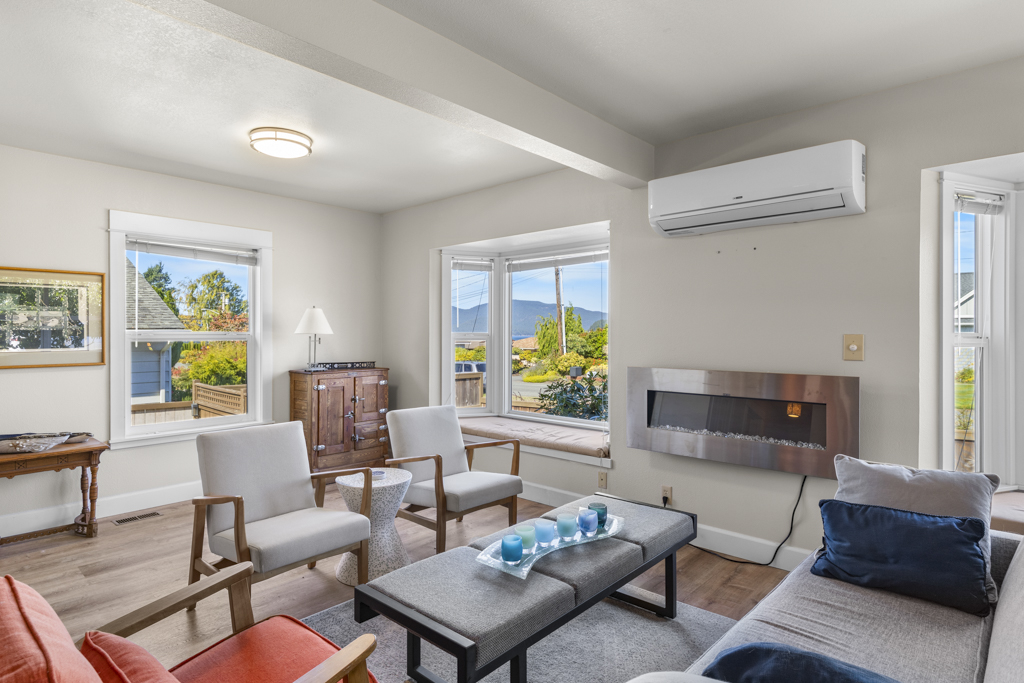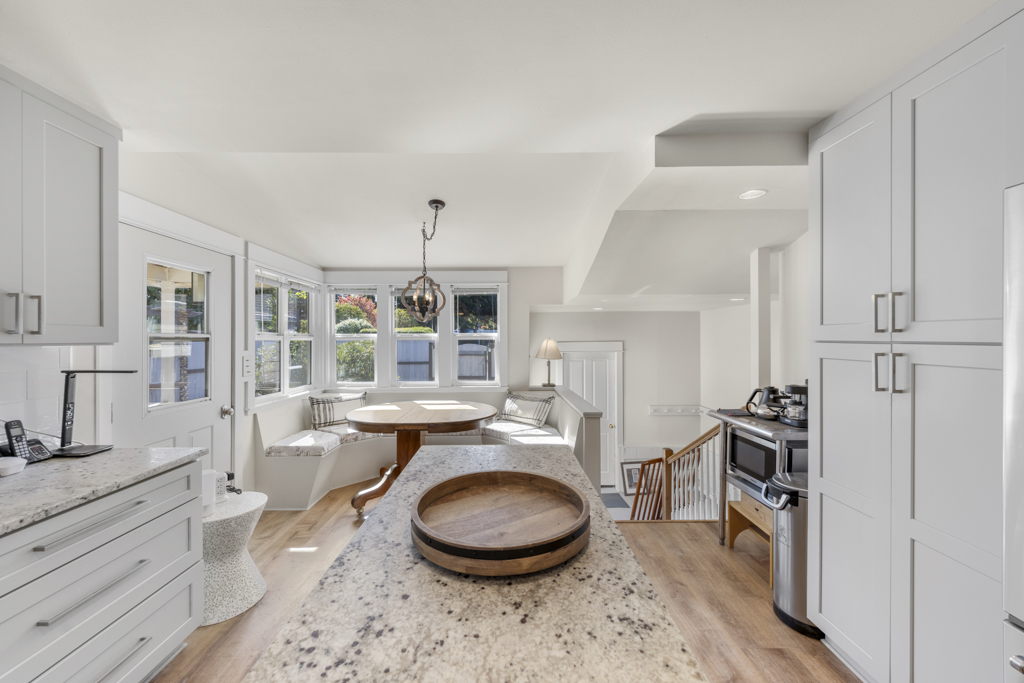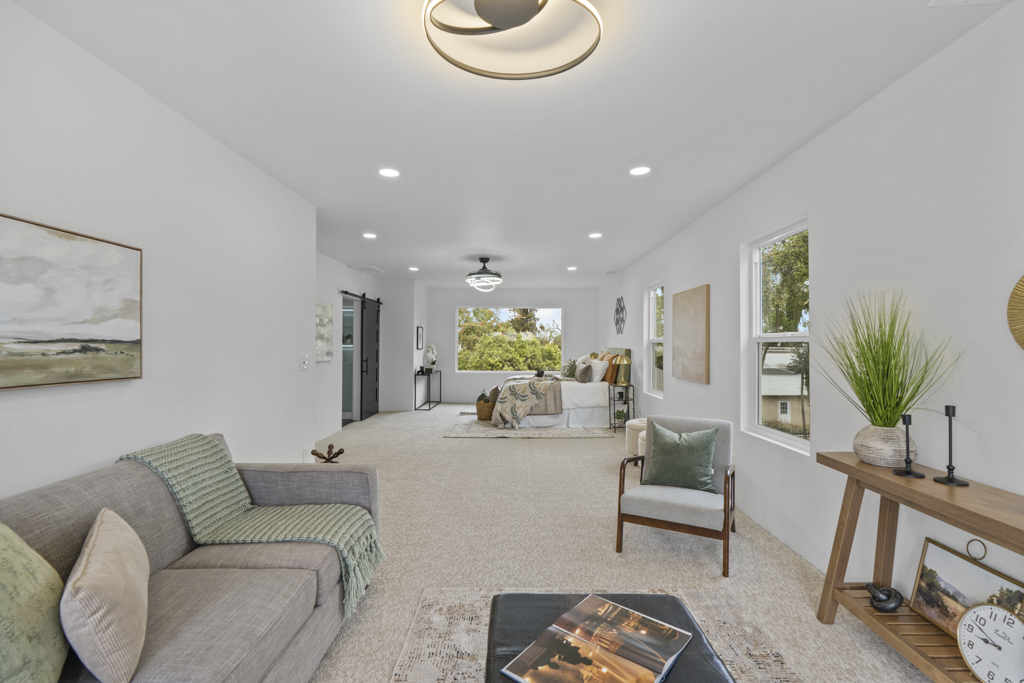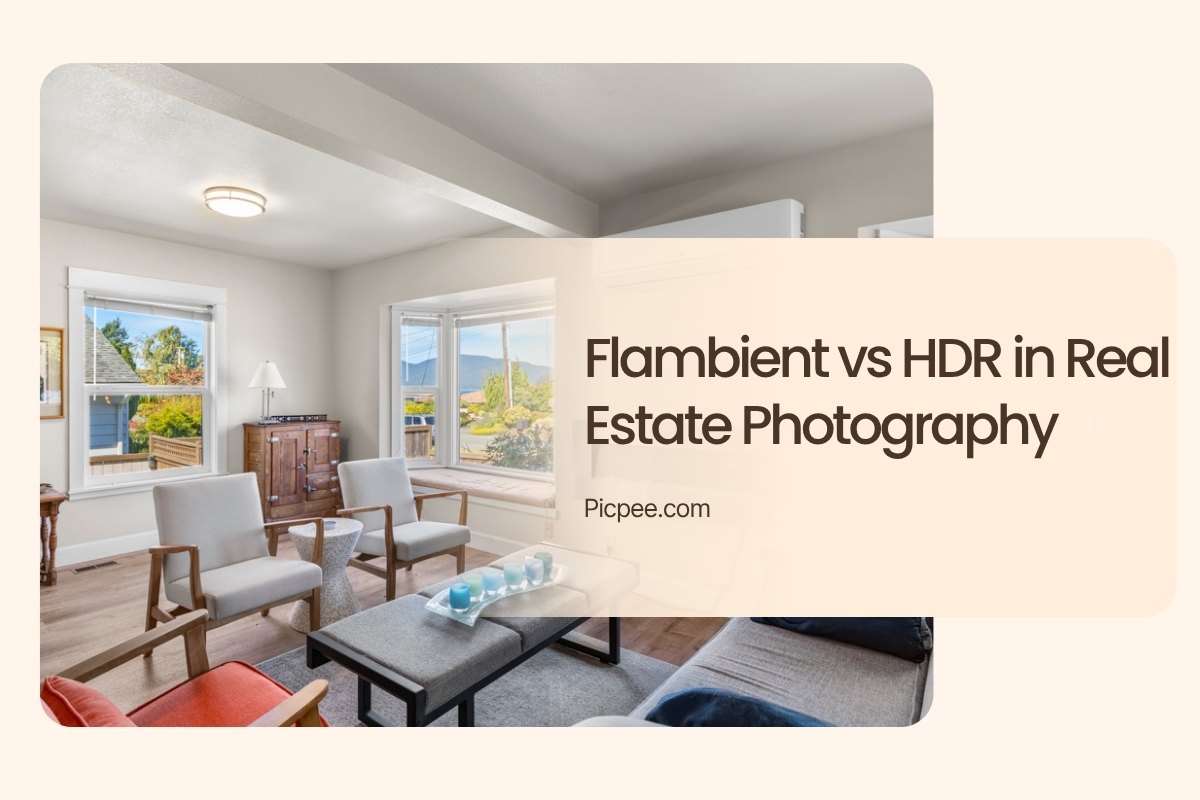When it comes to capturing stunning real estate photos, real estate photographers often face the age-old question: flambient or hdr? These two techniques represent different types of real estate images, each with its own advantages and limitations. In this comprehensive guide, we’ll explore flambient vs hdr, compare their applications in real estate photography, and help you determine which method is best for your real estate photography.

Comparison Chart: Flambient and HDR in Real Estate Photography
|
Detail
|
Flambient Photography
|
HDR Photography
|
|
Basic concepts
|
Technique of combining ambient light and artificial light (flash, lamps) to create balanced, natural and color accurate images.
|
Bracketing is a technique of taking multiple photos at different exposure levels and then combining them in post-production to preserve detail in both bright and dark areas.
|
|
Target
|
Recreate the space with a “realistic feel”, emphasizing the warmth, naturalness and atmosphere of the house.
|
Solves the problem of strong light and mixed light difference, helping to clarify details in bright areas (windows, sky) and dark areas (room corners, interior).
|
|
Image characteristics
|
- Natural, honest images.
- Keep the real color tones of the interior.
- Express the warm or luxurious atmosphere as intended.
- Less "fake" or "over-processed" feeling.
|
- Images are evenly lit from dark to bright.
- Every detail is clear, even outside windows or dark corners.
- Often has a “hyper-real” feel, can look a bit harsh or fake if over-processed
|
|
Strengths
|
- Brings a cozy, intimate and realistic feeling.
- Creates a luxurious atmosphere (luxury look).
- Shows the true color of objects when taking detailed photos
|
- Handles high contrast scenes well (bright sky – dark indoors).
- Quick and easy to shoot (just need a tripod + bracketing).
- Useful for outdoor scenes, house facades, or rooms with many windows.
|
|
Limit
|
- Time-consuming to set up lighting.
- Requires skill in controlling lights, understanding color temperature.
- Complicated post-production, requires time to blend many layers.
- Difficult to apply when lighting conditions change continuously.
|
- If processed poorly, it can easily cause “halo”, incorrect colors, and fake photos.
- Images sometimes lack warmth and emotion.
- Can be counterproductive in the high-end segment (customers want realistic photos).
|
|
Time & effort
|
- Time consuming to shoot and post-process.
- Requires careful preparation (lights, lighting setup).
|
- Faster speed.
- Highly dependent on HDR processing software.
|
|
How to do it
|
- Use flash or artificial light source to supplement.
- Often take multiple shots of the same frame with different lighting setups.
- Post-production: blend multiple layers to balance the light and keep the colors true.
|
- Take a series of bracketed photos (usually 3–7 photos) with different EV levels.
- Software merges photos to expand the brightness range, showing full details of dark & bright areas.
|
|
Style & Brand
|
- Associated with sophistication, luxury, and artistry.
- Images have emotional depth, creating high brand value.
|
- Often associated with the “clear & detail” style.
- Clear explanatory images, helping viewers fully grasp the space.
|
|
Suitable customers/targets
|
- High-end real estate, luxury homes, model apartments.
- Customers focus on realistic visual experiences and atmosphere.
|
- Popular real estate, large numbers of listings need fast speed.
- Suitable for brokers who want clear photos, full details.
|
|
Price of shooting
|
Higher
|
Medium
|
Should I Choose Flambient or HDR in Real Estate Photography?
In real estate photography, choosing the right lighting technique can determine whether a photo is just “good enough” or really impressive. The two most popular methods today are Flambient and HDR, each technique brings its own advantages and limitations, suitable for different shooting contexts.

In reality, no technique is “best” for every situation. Flambient brings authenticity, emotion and natural appeal. Flambient photography technique is often used in luxury, high-end apartments or customers who require images to accurately represent colors. While HDR ensures clarity and comprehensiveness of details in complex lighting contexts. HDR technique is more widely used and popular, because it is easy to apply for beginner photographers.

Professional photographers often choose not just one or the other, but combine both Flambient and HDR for optimal results: use Flambient to create a natural atmosphere, then add HDR to restore details in the light and dark areas. This flexibility makes real estate images both vivid and technical, thereby enhancing marketing value and attracting more customers.
Conclusion
In the debate of flambient vs HDR, both techniques provide powerful tools for real estate photography, each with unique strengths suited to different scenarios and visual goals. Knowing when to apply flambient photography, HDR, or a blend of both is key to creating striking property images that capture buyer attention. With real estate photo editing by Picpee, you can take these techniques even further—ensuring every photo is polished, professional, and stands out in today’s competitive listings.
 Single Exposure
Single Exposure Room Cleaning
Room Cleaning Reels
Reels Blended Brackets (HDR)
Blended Brackets (HDR) Changing Seasons
Changing Seasons Slideshows
Slideshows Flambient
Flambient Water in Pool
Water in Pool Individual
Individual 360° Image Enhancement
360° Image Enhancement Lawn Replacement
Lawn Replacement Team
Team Virtual Staging
Virtual Staging Rain to Shine
Rain to Shine Add Person
Add Person Remodel
Remodel Custom 2D
Custom 2D Remove Person
Remove Person 360° Image
360° Image Custom 3D
Custom 3D Background Replacement
Background Replacement Day to Dusk
Day to Dusk Property Video
Property Video Cut Outs
Cut Outs Day to Twilight
Day to Twilight Walkthrough Video
Walkthrough Video Change color
Change color 1–4 Items
1–4 Items



